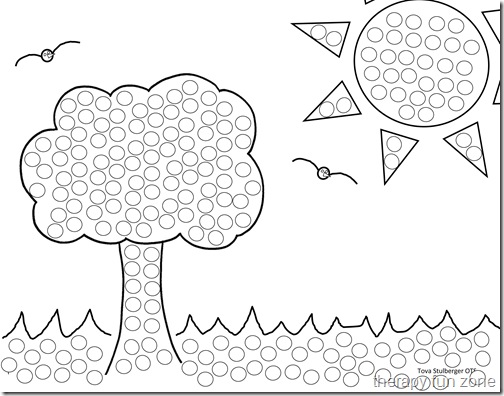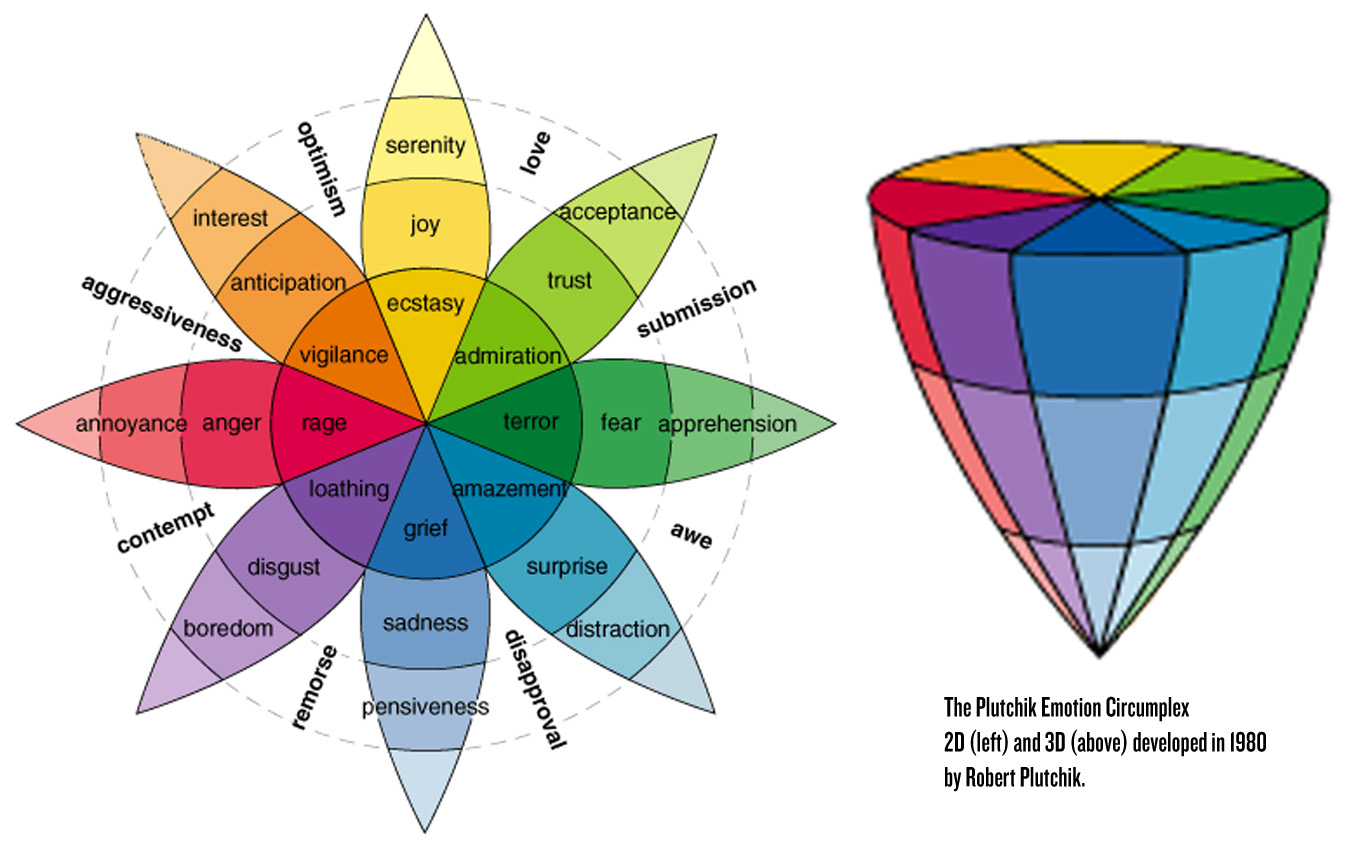Materials Needed: Paper, art supplies (markers, colored pencils, crayons, etc.)
Group size: 4-12
 |
| image via |
Processing:
• How did you feel during this activity?
• Did you like being the leader or the one receiving the directive better and why?
• What skills did you need to participate in this activity?
• Discuss how each person gave input to complete the activity
• Talk about how each picture is different and that everyone has their own point of view
• How can it be helpful to be able to view things from multiple angles?
There are several directions you can go with this activity. It can be related to leadership skills and self-esteem, communication and being assertive, creativity and self-expression, following directions and focusing, etc. This activity can be adapted for all populations; however, I have found it to work well with a lower functioning population or those who have difficulty staying focused.
Thanks again Mallory!

















